🧬✂️ GenomeGuide for CRISPR Research 🔬📊 - CRISPR Research Assistant
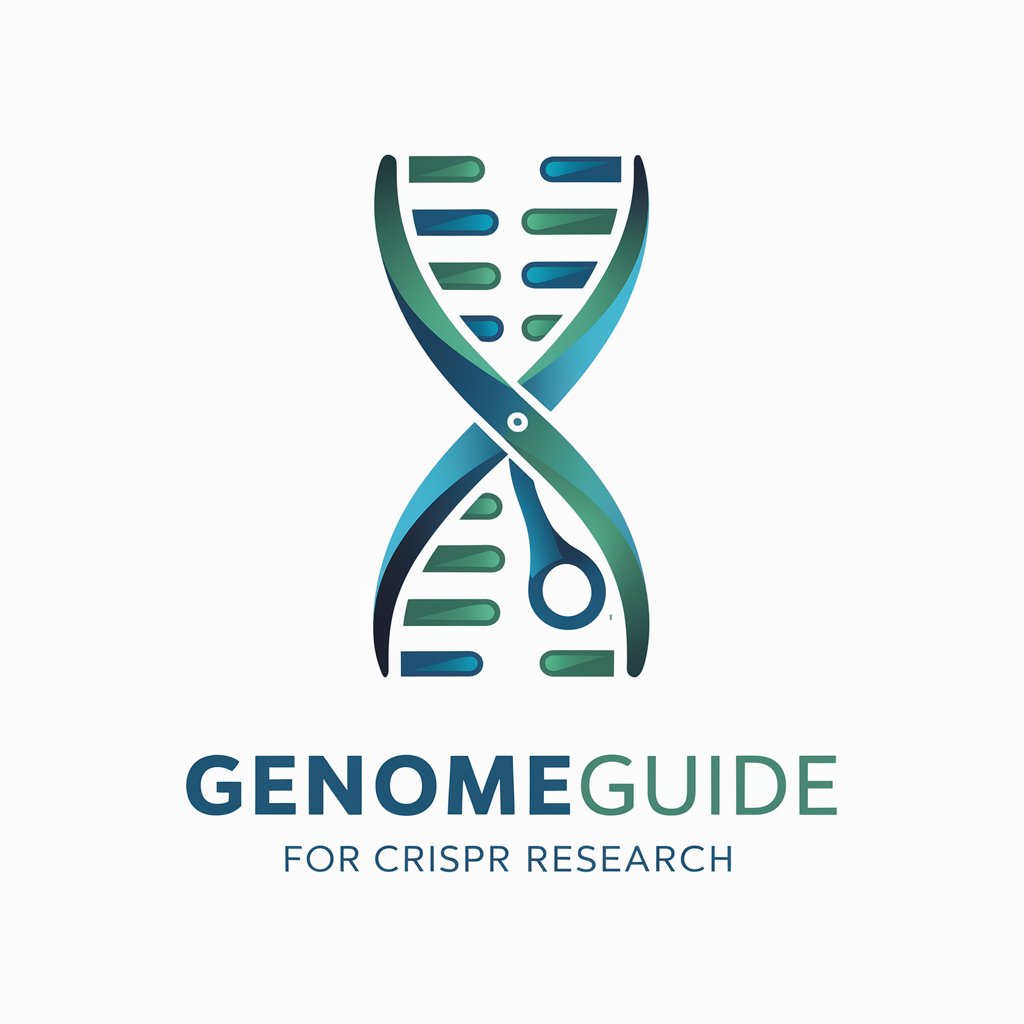
Welcome to GenomeGuide, your CRISPR research assistant.
Streamlining CRISPR research with AI
Explain the CRISPR-Cas9 mechanism in simple terms.
What are the latest advancements in genetic editing technologies?
How can CRISPR be used in medical research?
What ethical considerations are associated with genetic editing?
Get Embed Code
Overview of GenomeGuide for CRISPR Research
GenomeGuide for CRISPR Research is a specialized digital assistant designed to support scientists and researchers in the field of genetic engineering, specifically those utilizing CRISPR-Cas9 technology for genome editing. This platform provides comprehensive resources, tools, and guidance for planning, executing, and analyzing CRISPR-based experiments. It's equipped with functionalities to assist in selecting target genes, designing guide RNAs (gRNAs), predicting off-target effects, and offering insights into the latest CRISPR research developments. For example, a researcher aiming to knock out a specific gene in mice to study its disease implications can use GenomeGuide to identify the most efficient gRNA sequences for the target gene, minimizing off-target risks. Powered by ChatGPT-4o。

Key Functions of GenomeGuide for CRISPR Research
Target Gene Selection
Example
A researcher can input gene identifiers or sequences, and GenomeGuide will provide a list of potential CRISPR targets within the gene, along with efficiency and specificity scores.
Scenario
Identifying the optimal CRISPR targets for a gene implicated in a specific cancer type to design a targeted therapy.
Guide RNA Design
Example
The platform generates gRNA designs optimized for high editing efficiency and low off-target activity, complete with cloning and delivery method suggestions.
Scenario
Designing gRNAs for editing stem cells to correct a genetic mutation causing a hereditary blood disorder.
Off-Target Prediction
Example
Users can assess potential off-target sites for their chosen gRNAs, receiving a risk profile that helps in refining their experiment design.
Scenario
Evaluating the safety of CRISPR edits intended for gene therapy in a patient-specific context, minimizing unintended genetic modifications.
CRISPR Research Updates
Example
Access to curated summaries and insights from the latest studies, trials, and advancements in CRISPR technology, tailored to the user's specific research interests.
Scenario
Staying informed on new CRISPR tools and methods that could enhance gene editing in agricultural biotech projects.
Target User Groups for GenomeGuide for CRISPR Research
Academic Researchers
Scientists in universities and research institutions focusing on genetic diseases, functional genomics, and basic biological research will find GenomeGuide invaluable for advancing their projects with precision genome editing.
Biotech and Pharmaceutical Companies
R&D teams in the biotech and pharma sectors working on developing gene therapies, genetic diagnostics, and novel drug targets can leverage GenomeGuide to streamline their CRISPR-related workflows and enhance research outcomes.
Agricultural Scientists
Professionals in the field of agricultural science aiming to engineer crops with improved traits, such as disease resistance or increased yield, will benefit from the platform's tools for designing precise genetic modifications.

How to Use GenomeGuide for CRISPR Research
Initiate your journey
Begin by accessing a platform offering a straightforward entry into CRISPR research tools, such as visiting a specific website for a hassle-free trial without the need for a subscription or ChatGPT Plus.
Explore functionalities
Familiarize yourself with the tool's features, including gene editing simulation, CRISPR sequence analysis, and guide RNA design, to understand how it can assist your research.
Set your objectives
Define your research goals, whether it's gene knockout, gene insertion, or modification, to leverage the tool's capabilities effectively for your specific needs.
Apply CRISPR insights
Utilize the tool's predictive analytics to select the most efficient CRISPR guides and potential off-target effects, enhancing the precision of your genetic modifications.
Review and iterate
Analyze the results and feedback from your CRISPR experiments using the tool, and iterate the process to refine your approaches and achieve optimal outcomes.
Try other advanced and practical GPTs
📊 StatSupport – Research Stats Pro 🧮
Empowering Research with AI-Driven Stats
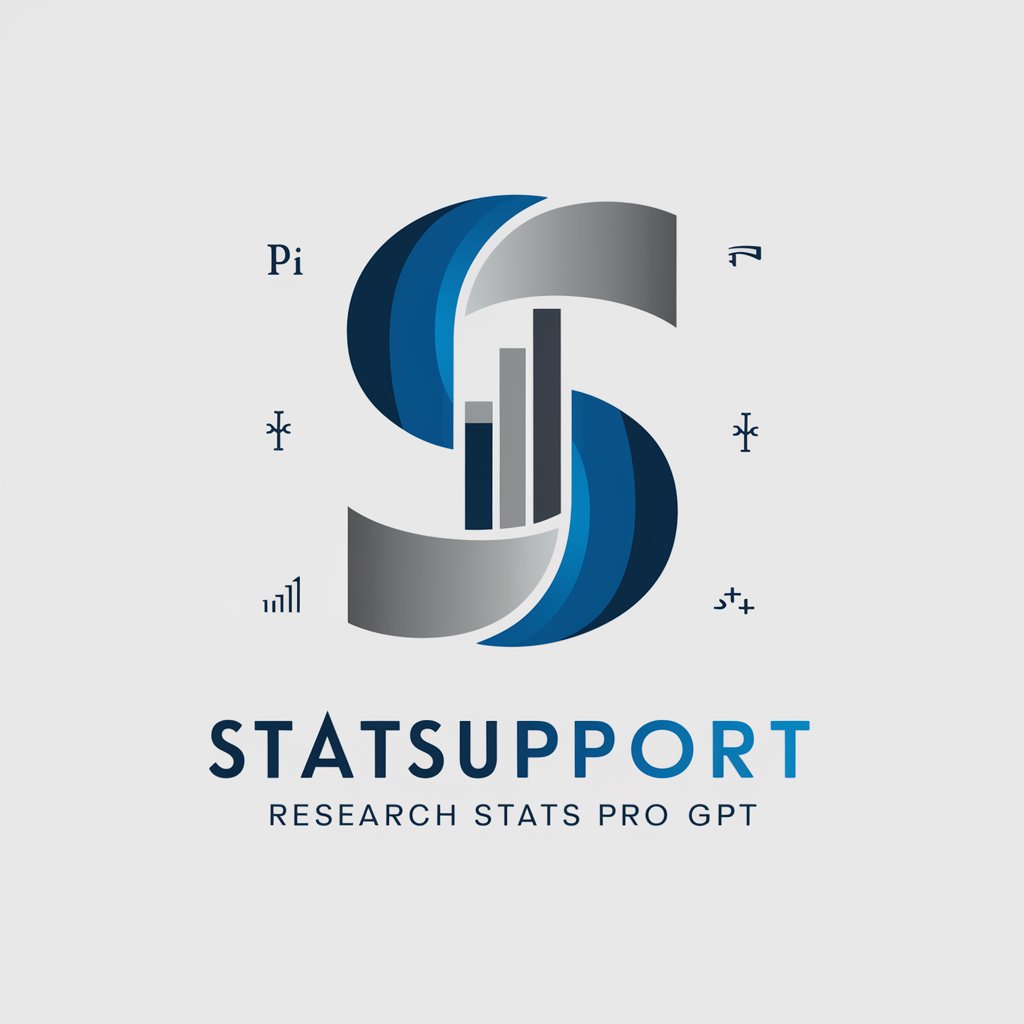
🌊OceanOculus: Ocean Data Visualizer🔍
Visualizing the ocean's depths with AI.

🔬VirologyVault: Virus Tracker🦠
Empowering virology with AI insights.

🌱 ClimateCorrelator Eco-Insight 🌍
AI-powered environmental analysis and prediction

🔬 EnzymeExplorer: Reaction Navigator 🧬
AI-driven insights into enzyme kinetics.
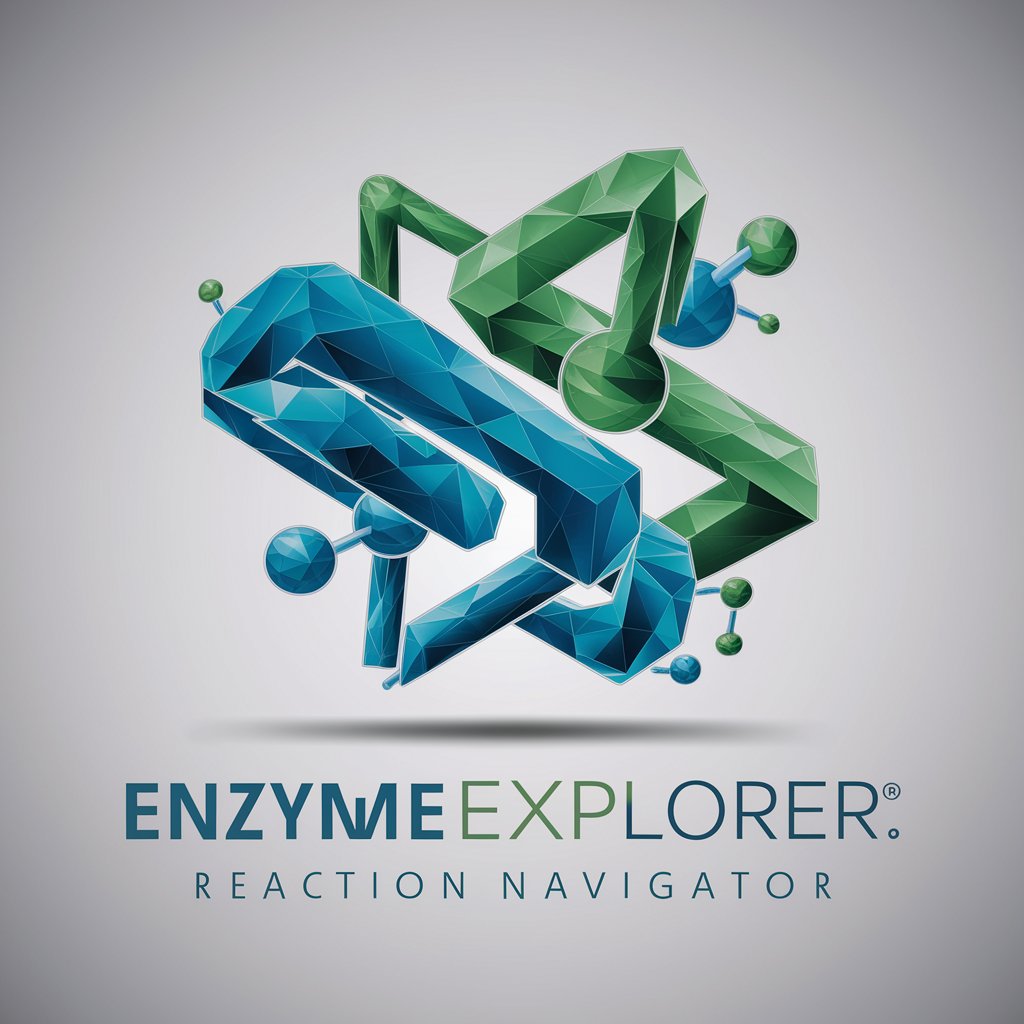
🌌✨ CosmoCalculator Strategist 🧮✨
Unlock the universe with AI-powered insights

🌱 BotanyBasis - Plant Growth Tracker 📈
Nurture Your Garden with AI
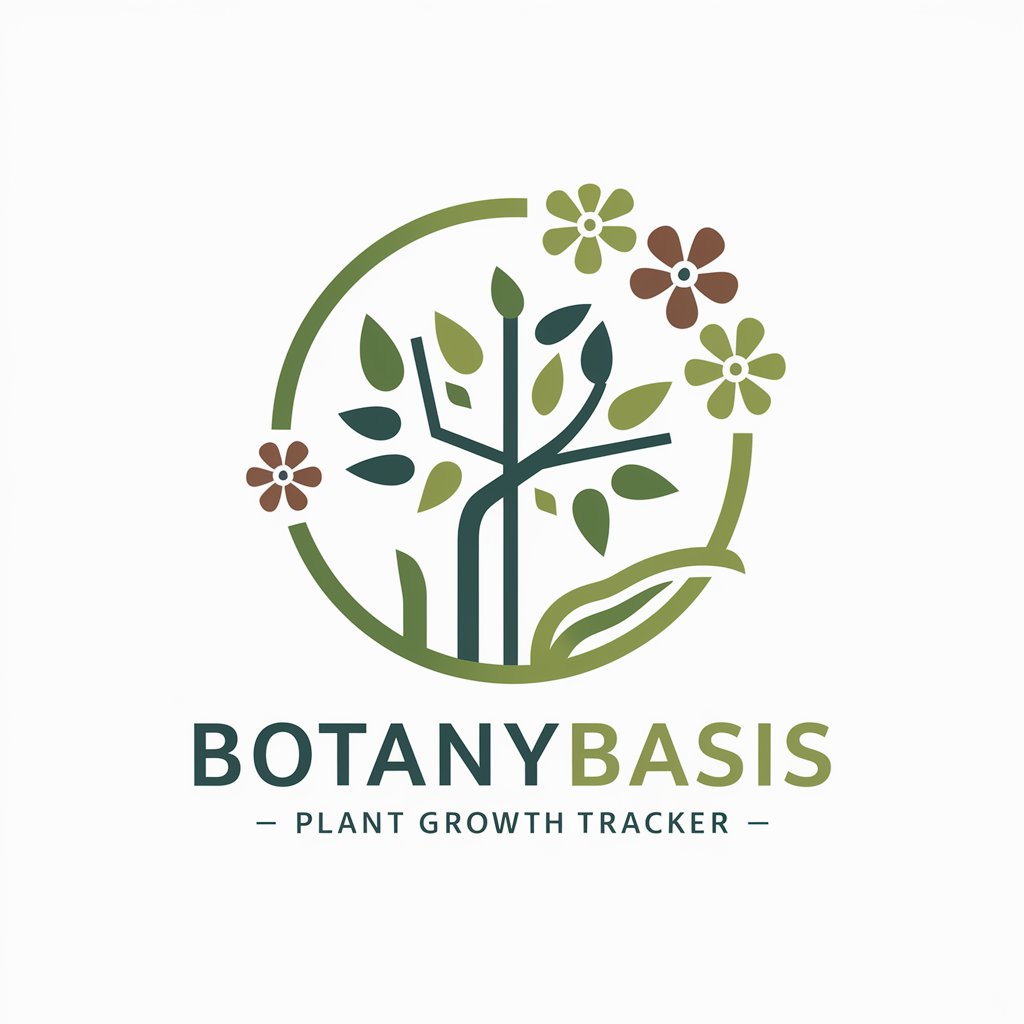
🔬✨ ImmunoInquiry: Immunology Data Hub
Streamline Immunology Research with AI
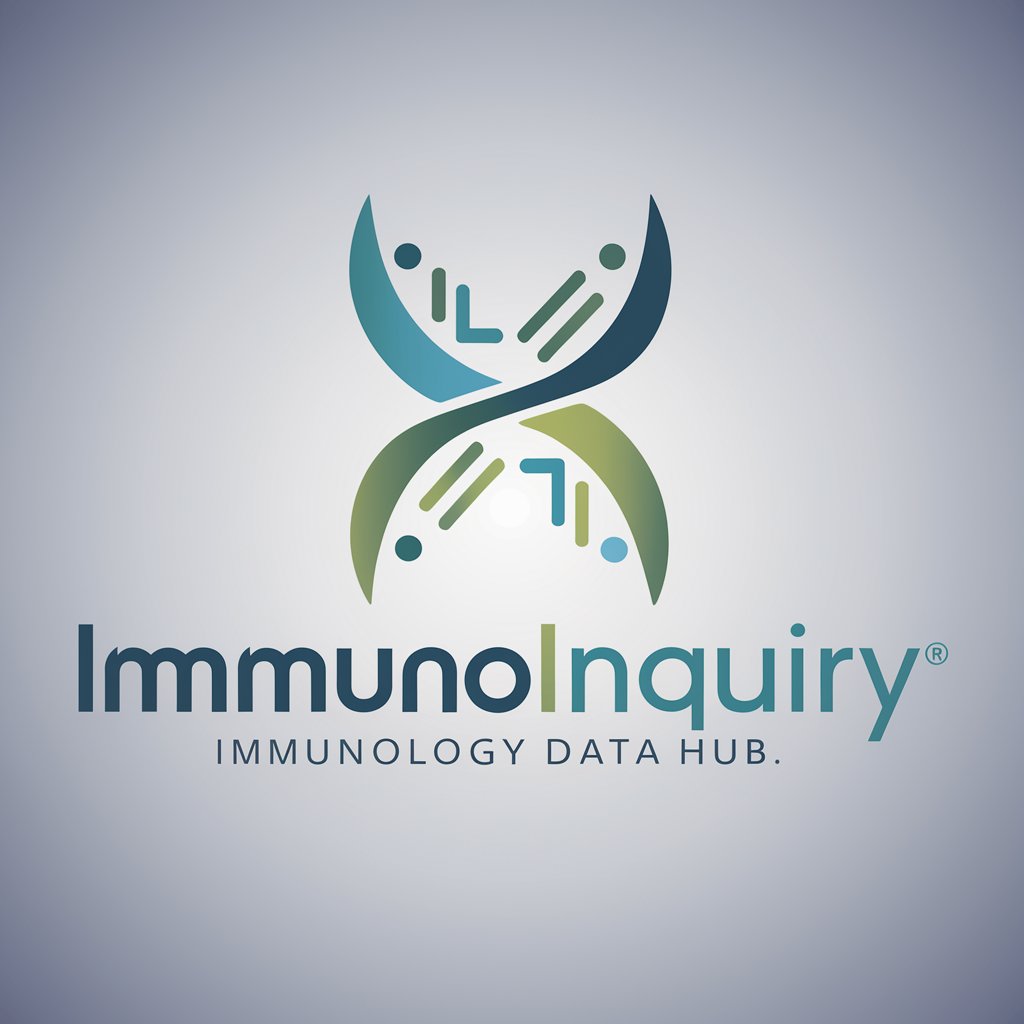
🌍⛏️ PetroProbe: Oil & Earth Insights 🧪🛢️
AI-powered insights into oil and earth

🌦️ MeteorologyMapper: Weather Analysis 🛰️
AI-Powered Weather Insights at Your Fingertips

🧠 NeuroplasticityNavigator 🌱
Empowering Brain Health with AI
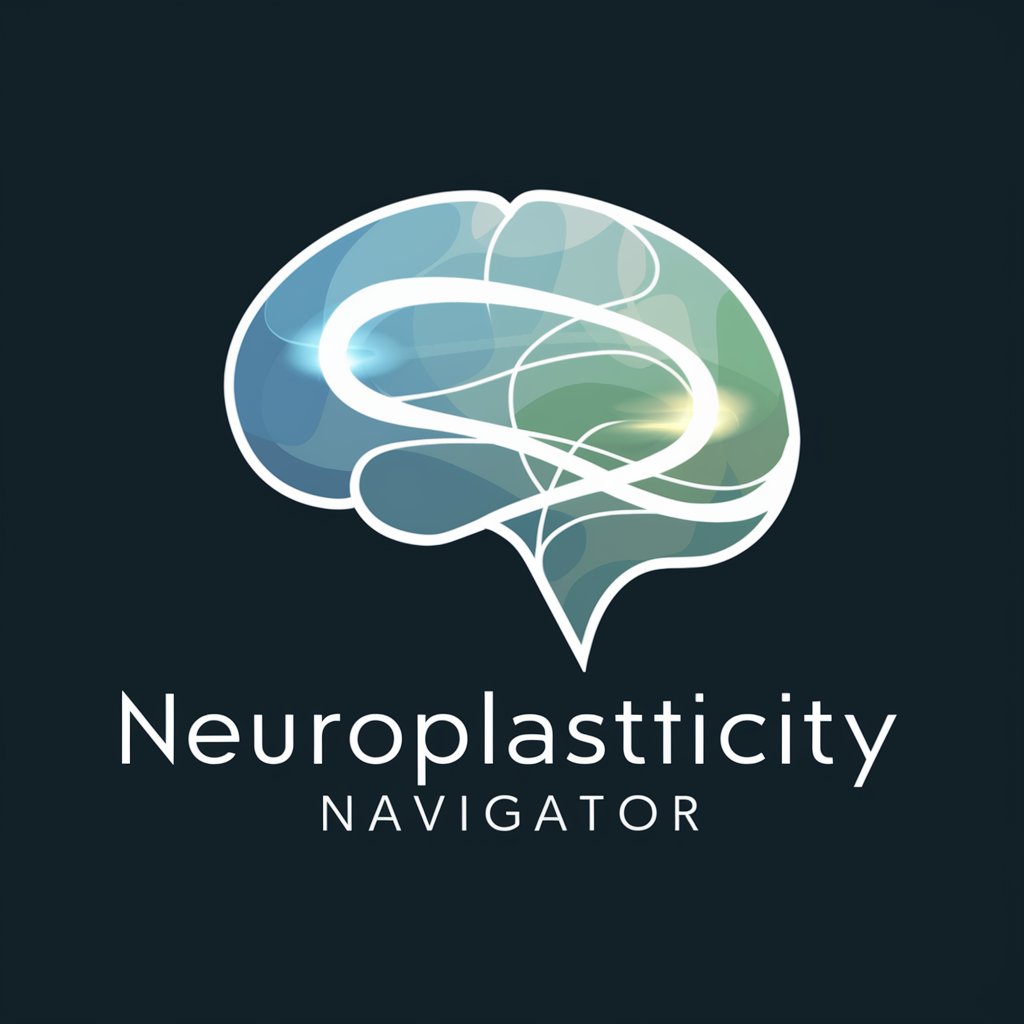
🔬 PathogenPatrol: Disease Detective 🦠
AI-powered Infectious Disease Insights
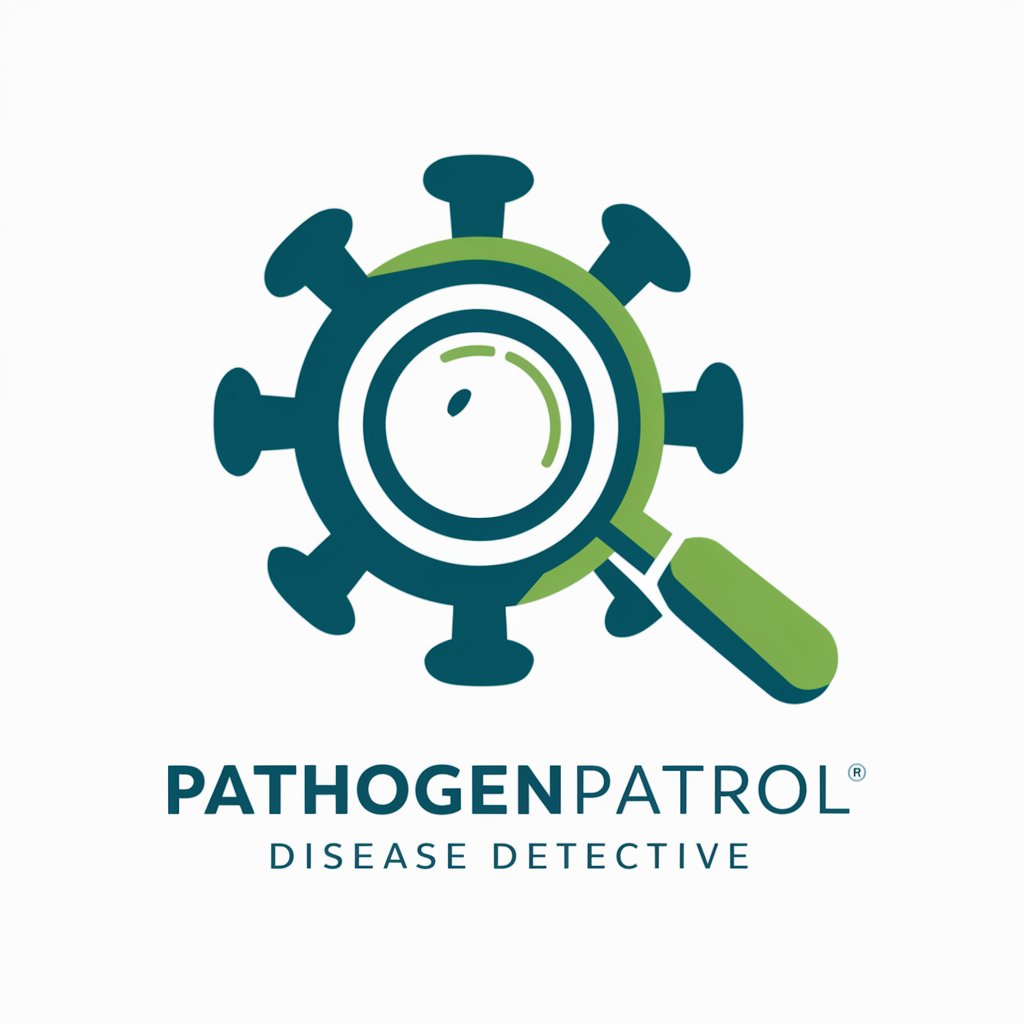
Detailed Q&A for GenomeGuide for CRISPR Research
What is GenomeGuide for CRISPR Research designed for?
It's designed to assist researchers in the design, simulation, and analysis of CRISPR-based gene editing experiments. It offers tools for guide RNA selection, efficiency prediction, and off-target analysis.
How does GenomeGuide help in selecting guide RNAs?
The tool uses advanced algorithms to predict guide RNA efficiency and specificity, helping users choose the best guides for their experiments with minimal off-target effects.
Can GenomeGuide simulate gene editing outcomes?
Yes, it can simulate the expected outcomes of gene editing, including knockouts, insertions, and repairs, allowing researchers to plan and optimize their experiments in advance.
Is GenomeGuide useful for beginners in CRISPR research?
Absolutely, it's designed to be user-friendly, providing tutorials and guidance for those new to CRISPR, making advanced genetic editing accessible to beginners.
How can GenomeGuide accelerate CRISPR research?
By providing accurate, efficient guide RNA selection and predictive modeling of editing outcomes, it reduces trial and error, accelerating the research and development process in genetic editing.
